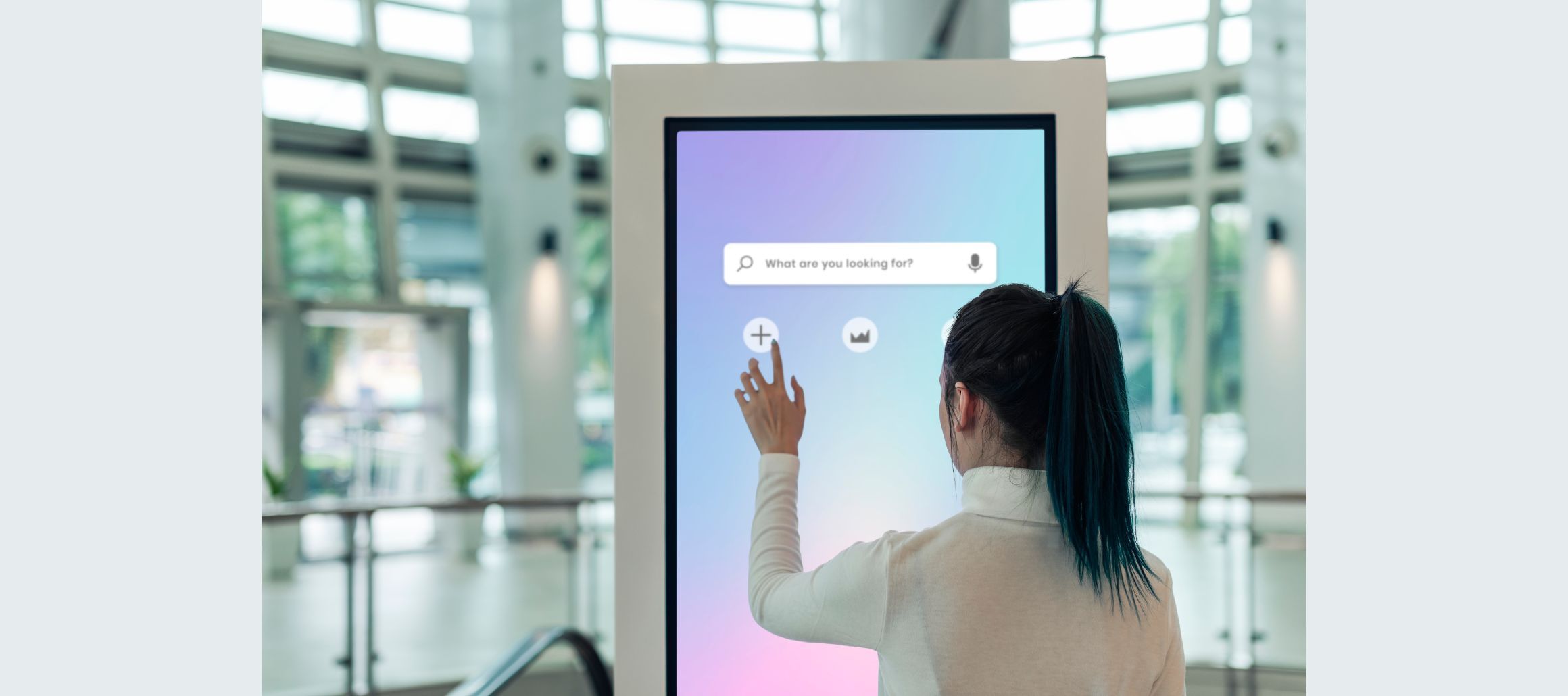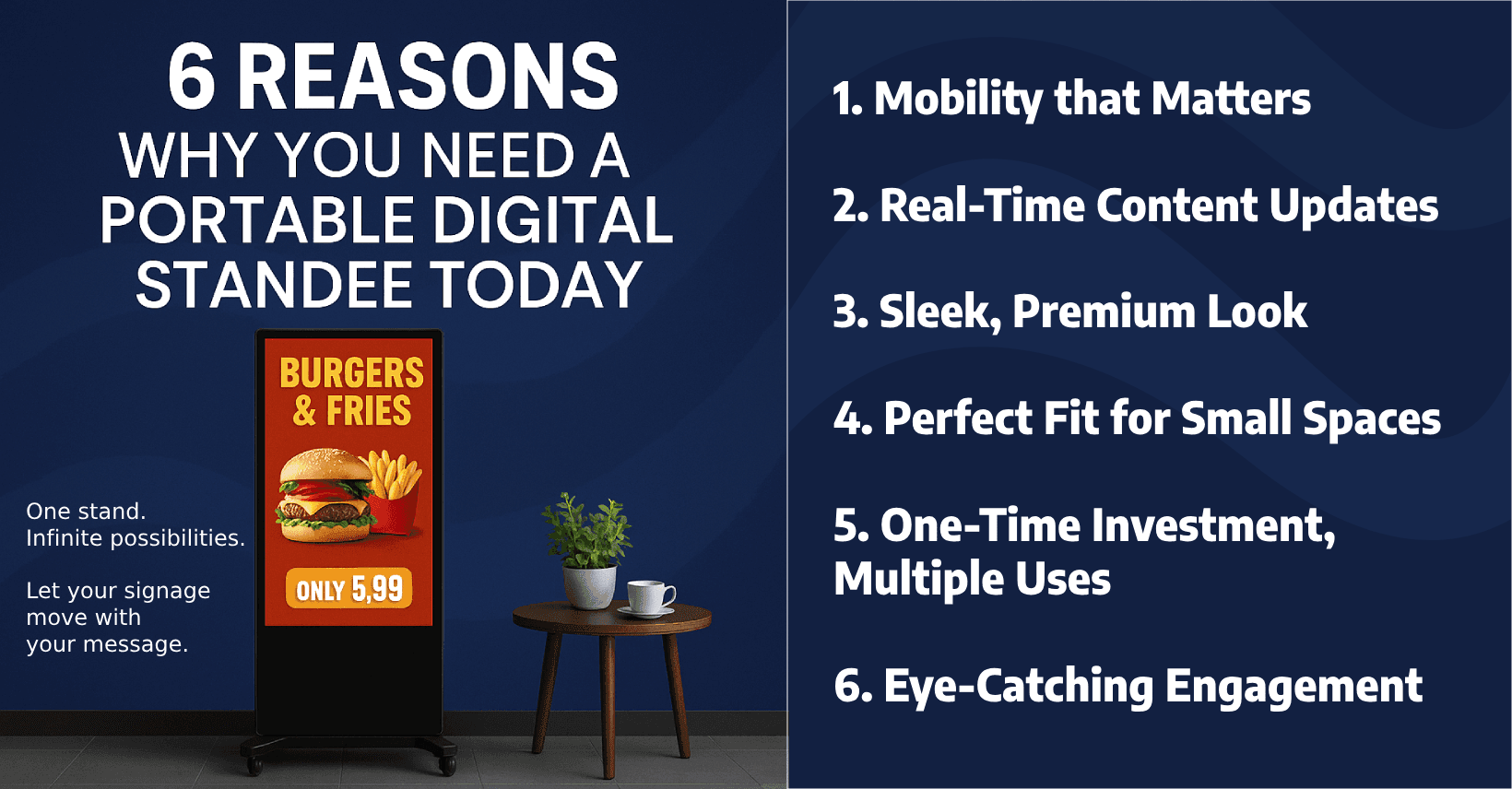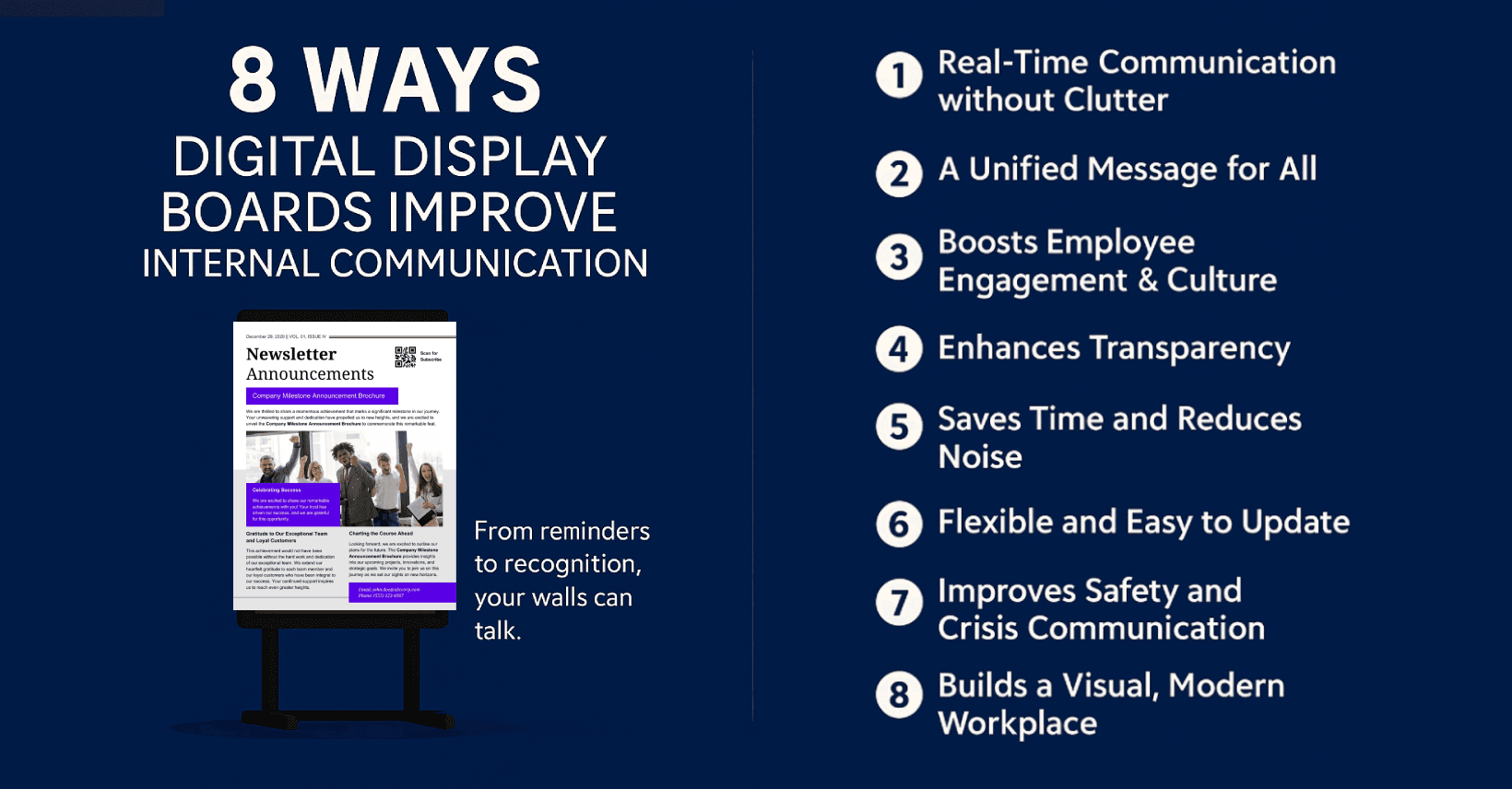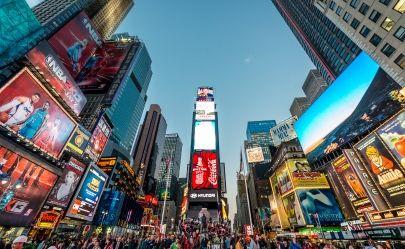
The Essential Components of Retail Digital Signage Solutions
Modern retail stores have evolved significantly, and one of the notable transformations is the integration of digital signage solutions. Behind the captivating displays of these modern retail setups lies a carefully orchestrated combination of hardware and software. Understanding these key components is vital for retailers aiming to make informed decisions about their digital signage installations. In this article, we break down the core elements that power these dynamic displays.
Hardware: The Visible Foundation
Display Screens: When we think of retail digital signage, the first elements that come to mind are the impressive display screens. These screens come in various technologies, from LED to OLED, and they are the stars of the show. The choice of screen technology can significantly impact the clarity, brightness, and energy efficiency of your digital signage. Essentially, these screens act as the window through which your message shines, making them a crucial hardware component.
Media Players and Connectors: The brains and nerves of your digital signage setup are the media players and connectors. These components store and transmit content to the display screens. Their performance directly influences the quality and reliability of the content you showcase. In essence, they ensure that your content is delivered seamlessly, making them a critical part of the hardware infrastructure.
Mounting and Installation Equipment: Placement matters. Proper mounting and installation equipment ensure that your digital signs are not only secure but also strategically positioned for maximum visibility. The orientation of these signs can make all the difference in grabbing your audience's attention. Therefore, these mounting and installation components serve as the foundation on which your digital signage relies to deliver impactful messages.
Software: The Command Center
Content Management Systems (CMS): At the heart of the software component is the Content Management System (CMS). A user-friendly CMS serves as your creative hub, empowering retailers to design, schedule, and deploy content across their digital signs. Look for features like drag-and-drop design and real-time previews to streamline your content creation and management. With an intuitive CMS, retailers can ensure that their content remains fresh and engaging, effectively capturing the attention of their target audience.
Analytics and Reporting Tools: In today's data-driven world, insights are invaluable. Analytics and reporting tools are integral to the software component of digital signage solutions. These tools provide valuable data on viewer engagement, content performance, and even return on investment (ROI). They serve as your compass for navigating the digital signage landscape, enabling retailers to fine-tune their strategies based on real-time data.
Integration Capabilities: In the world of retail, harmony is key. Your digital signage software should seamlessly integrate with other retail systems, such as inventory management and point-of-sale systems. This integration ensures a unified and frictionless shopping experience for your customers.
Other Components
In addition to the core hardware and software components mentioned earlier, there are several other components that can enhance the functionality and effectiveness of retail digital signage solutions:
1. Sensors and Cameras:
Some advanced digital signage setups incorporate sensors and cameras. These sensors can detect customer presence and behavior, allowing for real-time content customization. For example, if a customer approaches a display, it can trigger specific content related to nearby products or promotions. Cameras can also be used for audience analytics, providing valuable data on demographics and engagement.
2. Mobile Integration:
Many retailers are now integrating mobile devices into their digital signage strategies. This involves using smartphones or tablets as interactive elements, allowing customers to engage with the signage through QR codes, NFC (Near Field Communication), or mobile apps. Mobile integration can enhance the overall shopping experience and bridge the gap between physical and digital retail.
3. Audio Systems:
While visuals are a crucial aspect of digital signage, audio can complement the experience. Incorporating audio systems can deliver product descriptions, promotions, or background music, creating a multisensory shopping environment. However, it's essential to balance audio content to avoid overwhelming customers.
4. Feedback Mechanisms:
Implementing feedback mechanisms like touchscreens or survey kiosks allows customers to provide real-time input. This data can be invaluable for refining content strategies and understanding customer preferences.
5. After-Sales Service and Maintenance:
Ensuring the continuous operation of digital signage is crucial. Retailers should have a plan for after-sales service and maintenance. This includes regular inspections, software updates, and hardware maintenance to address any issues promptly. It's essential to partner with providers who offer reliable support and maintenance services to minimize downtime and ensure a seamless shopping experience.
6. User-Friendly Interfaces:
User-friendliness is crucial. Ensure that the interfaces of your digital signage systems are intuitive and easy to use for both customers and staff. A user-friendly design enhances the overall shopping experience.
To sum it up....
By grasping the significance of these hardware and software components, retailers can harness the full potential of retail digital signage solutions. It's not just about flashy displays; it's about delivering the right message to the right audience at the right time. So, as you embark on your digital signage journey, remember that every pixel on the screen is powered by these essential elements, working in harmony to captivate and engage your audience.
Recent blogs
Most Recent blogs

What Is Digital Signage? How It Can Help Your Business
Discover what digital signage is, how it works, and why it's revolutionizing communication across industries. Explore its key benefits, real-world applications, and how to get started.
Read More
Outdoor DIGITAL Displays : A Comprehensive Guide
Explore our expert guide to outdoor digital displays—featuring key features, benefits, pricing insights, and 2025 trends to help you choose the ideal digital signage solution for your brand.
Read More
6 Reasons Why You Need a Portable Digital Standee Today
Discover 6 powerful reasons to choose a portable digital standee enhance visibility, reduce costs, and captivate your audience with dynamic digital signage.
Read More
How Digital Display Boards Improve Internal Communications
Explore how digital display boards transform internal communication by providing real-time updates, increasing employee engagement, and promoting transparency in the workplace across various industries.
Read More
Expert Guide: Navigating the Active LED Digital Screens Market
LED Video Wall market: Understand the quality spectrum and make informed choices for your digital signage needs with Wauly Digital Signage.
Read More






